 Globular Clusters
Globular Clusters
Messier 3
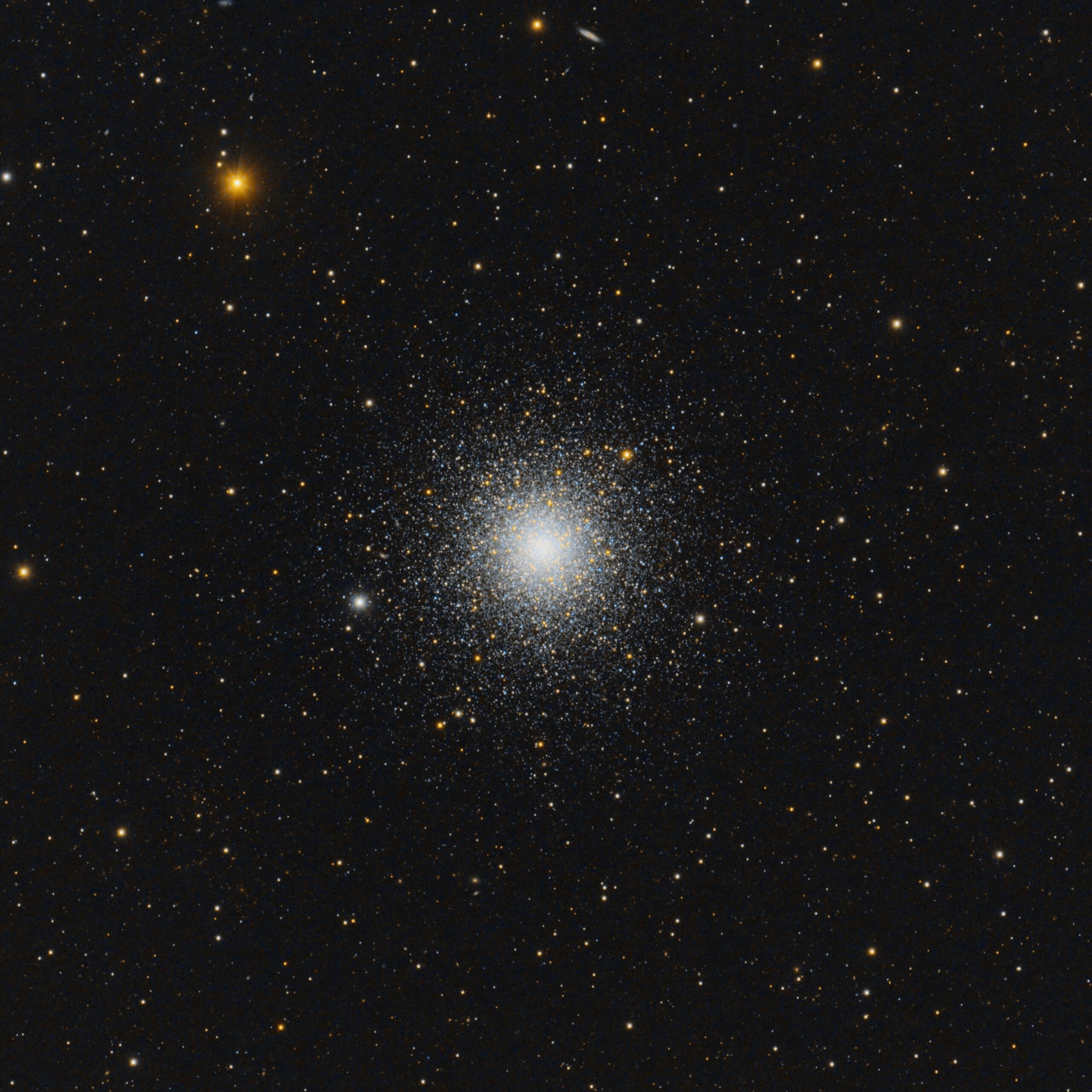
A huge globular cluster in Canes Venatici, about 33900 light years away from earth.
Read more “Messier 3” Globular Clusters
Globular Clusters

A huge globular cluster in Canes Venatici, about 33900 light years away from earth.
Read more “Messier 3” Reflection Nebulae
Reflection Nebulae
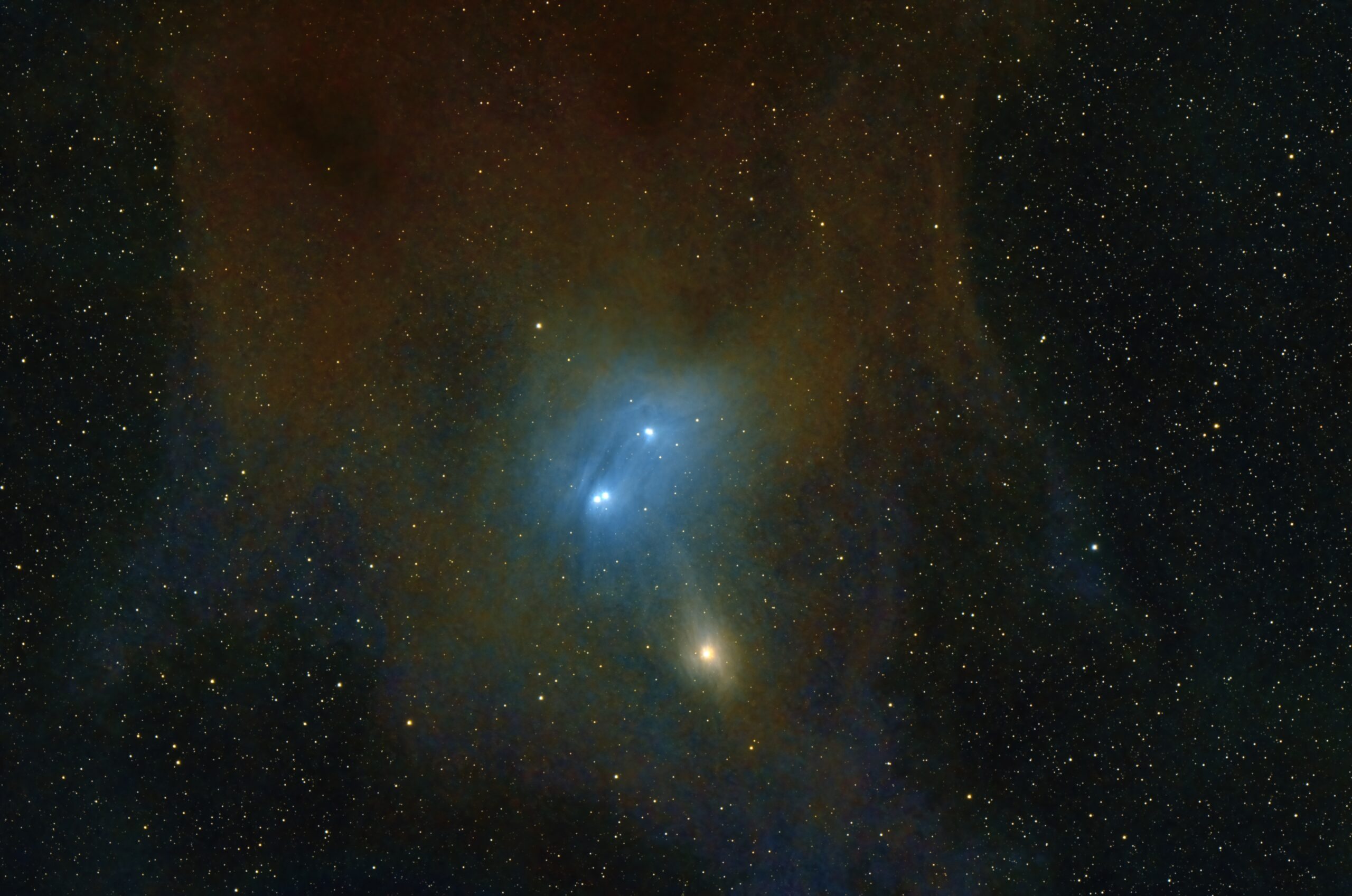
These nice reflection nebulae can be found near the so called „Blue Horsehead Nebula“ in constellation Scorpius.
Read more “IC 4601, vdB 102, vdB 103, vdB 101” Galaxies
Galaxies
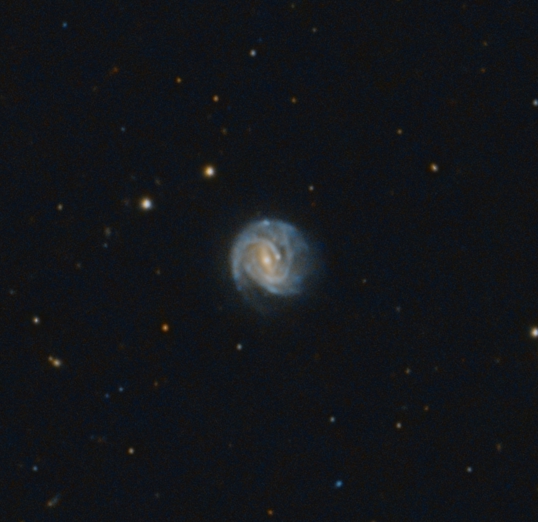
Another supernova currently visible in the northern hemisphere.
Read more “SN2022ewj, NGC 3367” Galaxies
Galaxies
 Galaxies
Galaxies
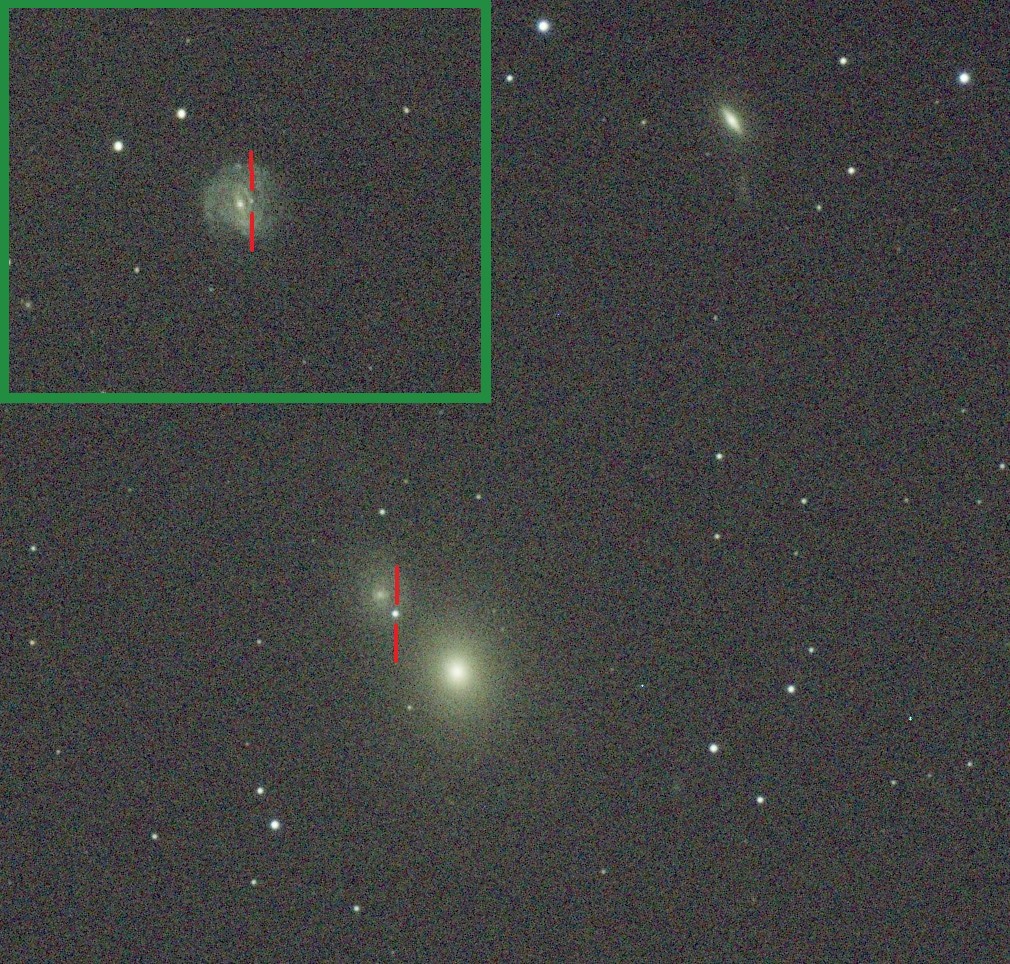
This night I am imaging two supernovae simultaneously.
Read more “Supernovae Night (2022hrs, 2022ewj)” Emission Nebulae
Emission Nebulae

A huge star factory in about 7500 light years distance in constellation Cassiopeia.
Read more “Soul Nebula, Westerhout 5, IC 1848, IC 1871” Dark Nebulae
Dark Nebulae
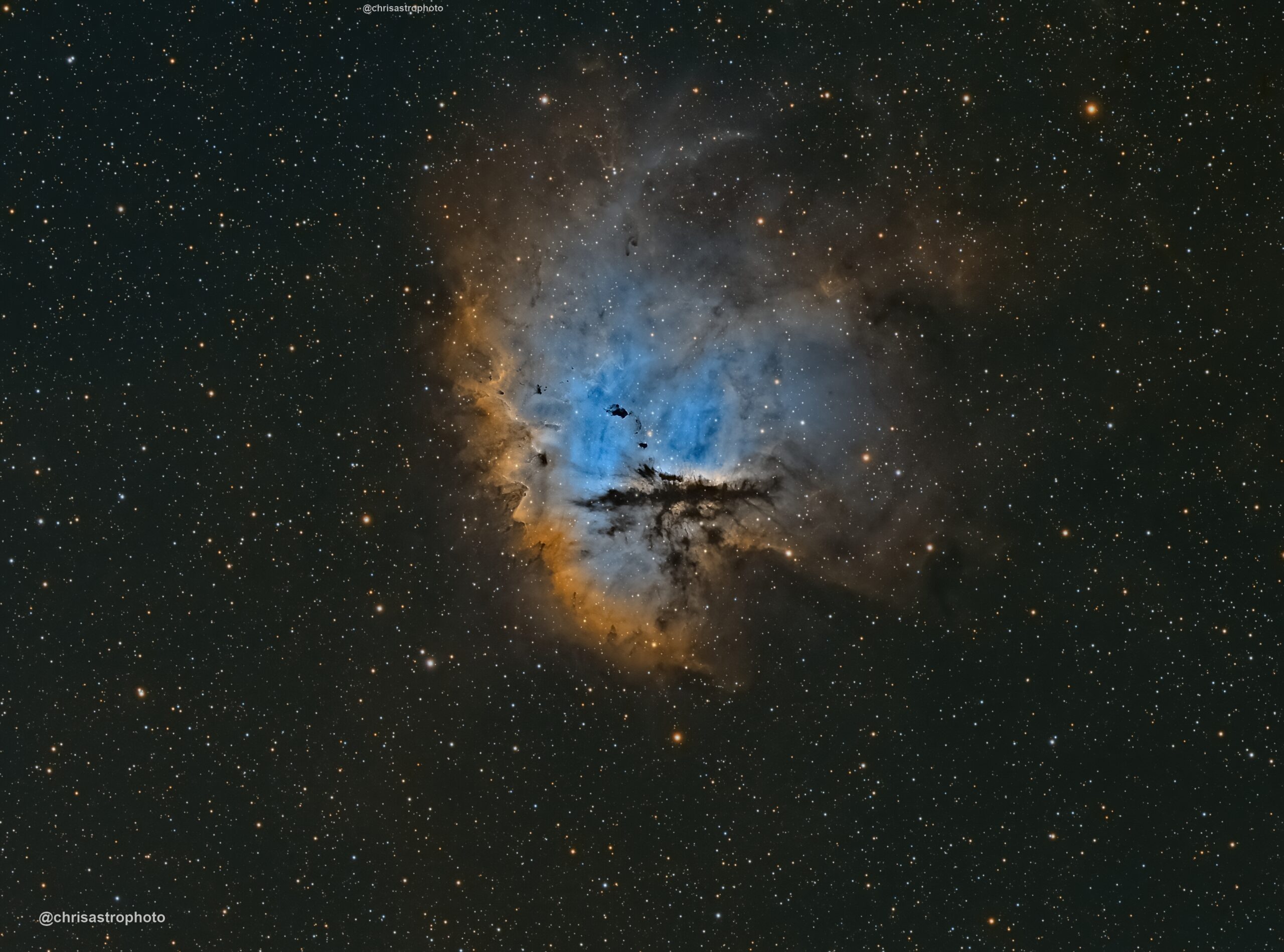
Emission Nebula in Cassiopeia associated to star cluster IC 1590. A star forming region about 9500 lightyears from earth.
Read more “NGC 281 (Pacman Nebula)” Dark Nebulae
Dark Nebulae
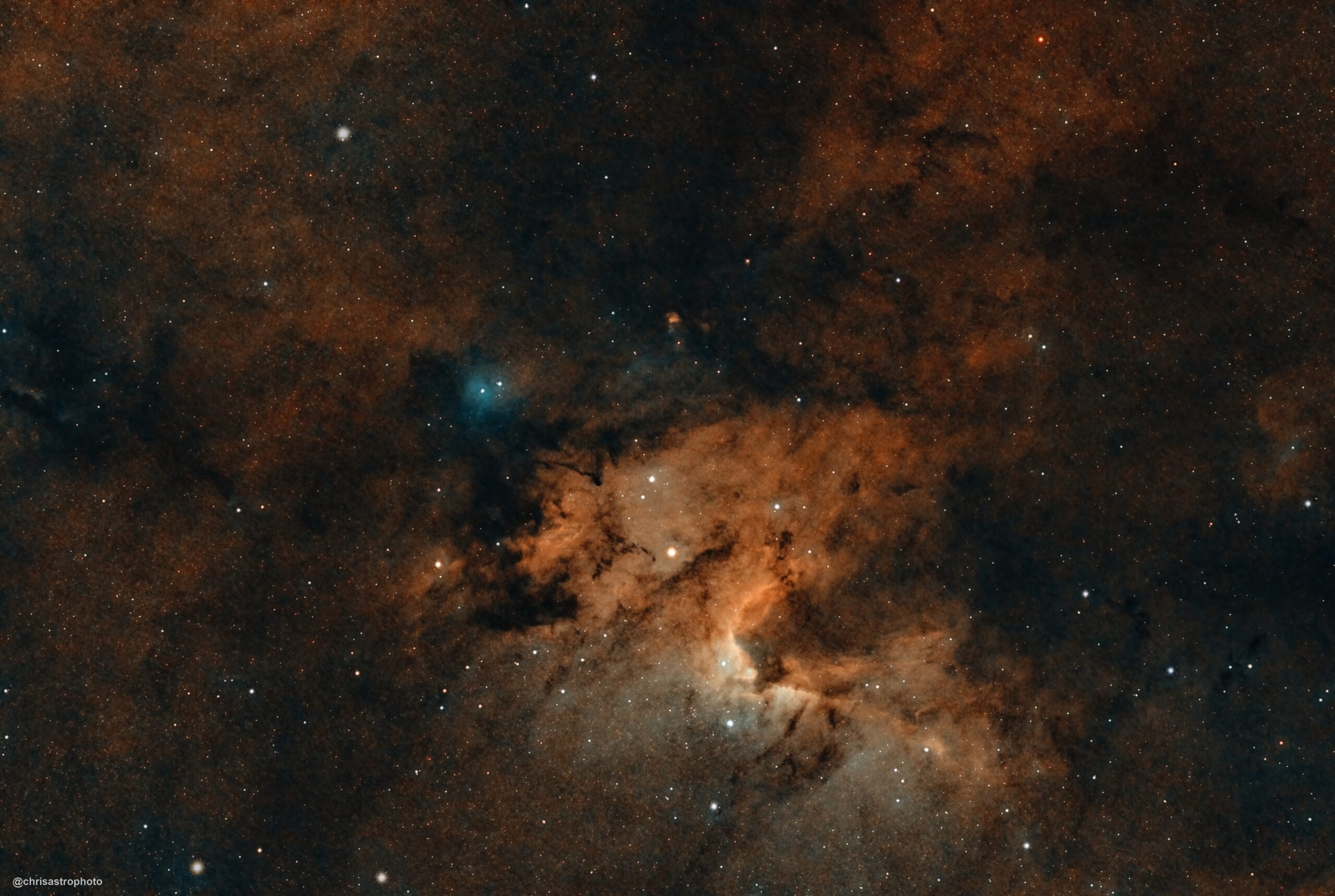
This is a star nursery in Cepheus about 2400 light years from home.
Read more “Sh2-155 (Caldwell 9 or Cave Nebula)” Dark Nebulae
Dark Nebulae
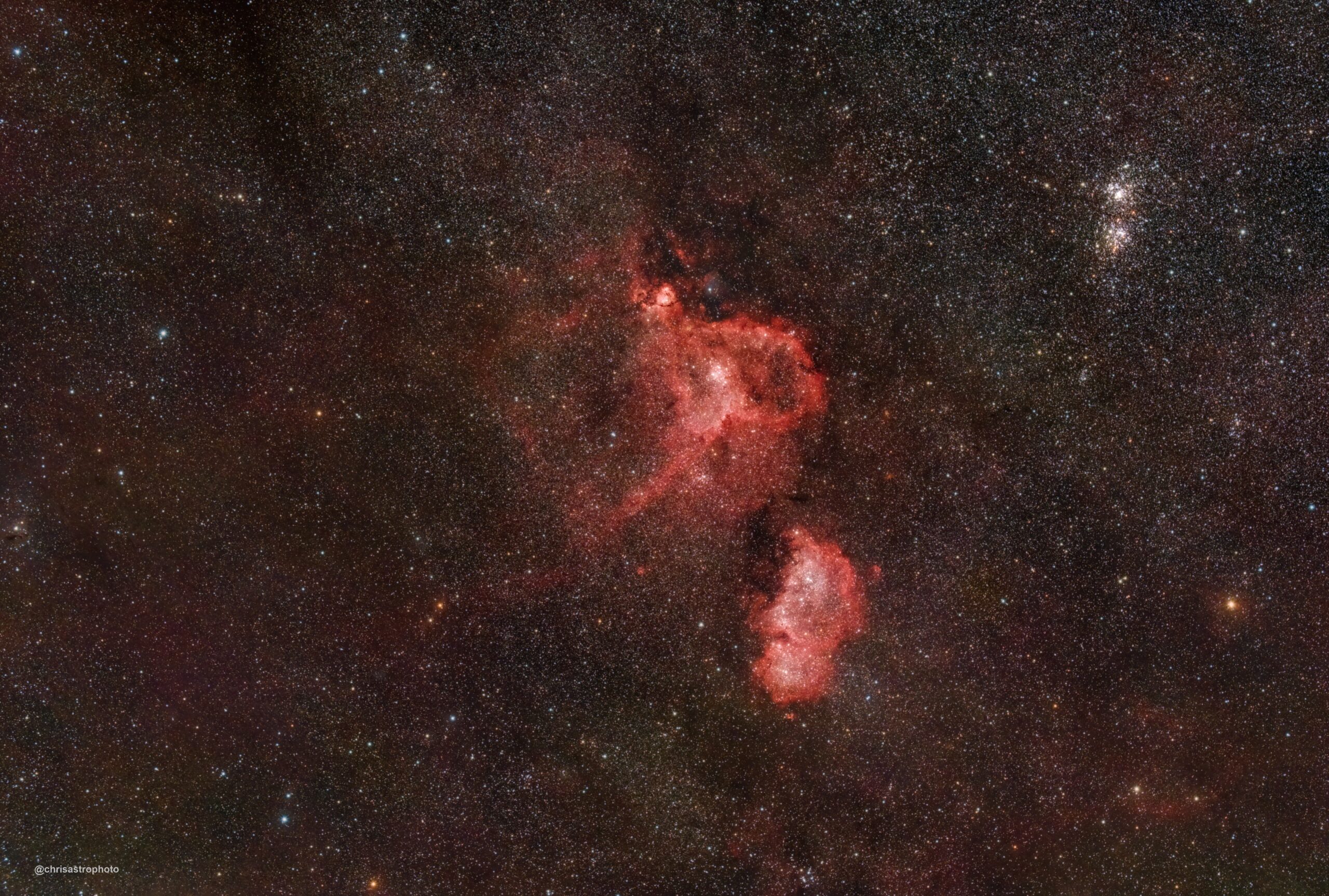
Right into my heart … this was my first deep sky object with a telescope and a dedicated astro-camera almost a year ago now. And I still love it!
Read more “Heart, Soul and Fishhead … and double star clusterIC 1805, IC 1848, IC 1795, NGC 869, NGC 884 (aka h and chi Persei)” Dark Nebulae
Dark Nebulae
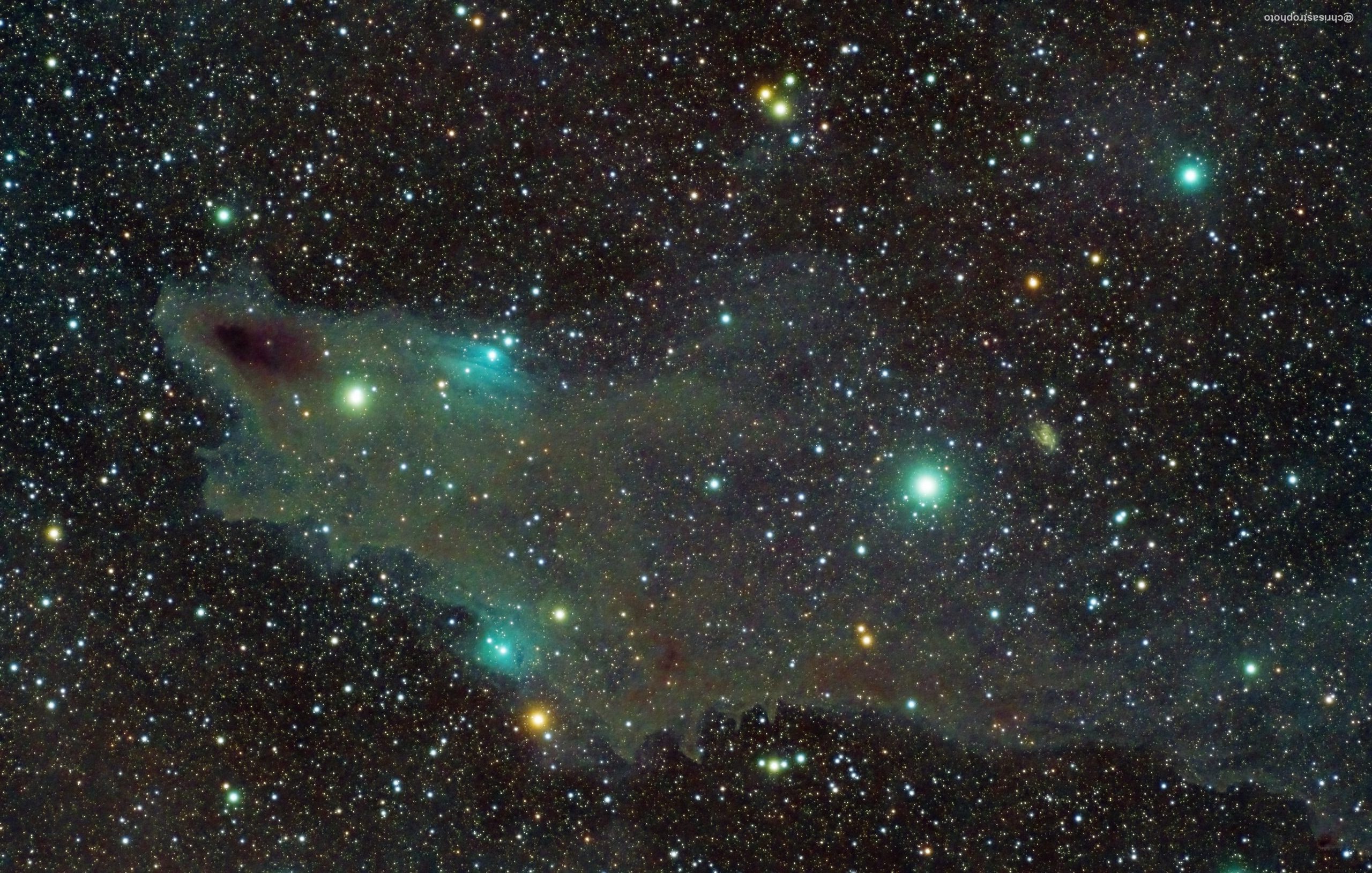
From deep sea to deep sky! It‘s really a zoo up there!
Read more “Dark Shark Nebula (LDN 1235 and vdB 149/150)”